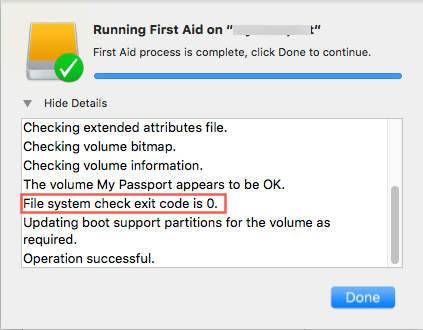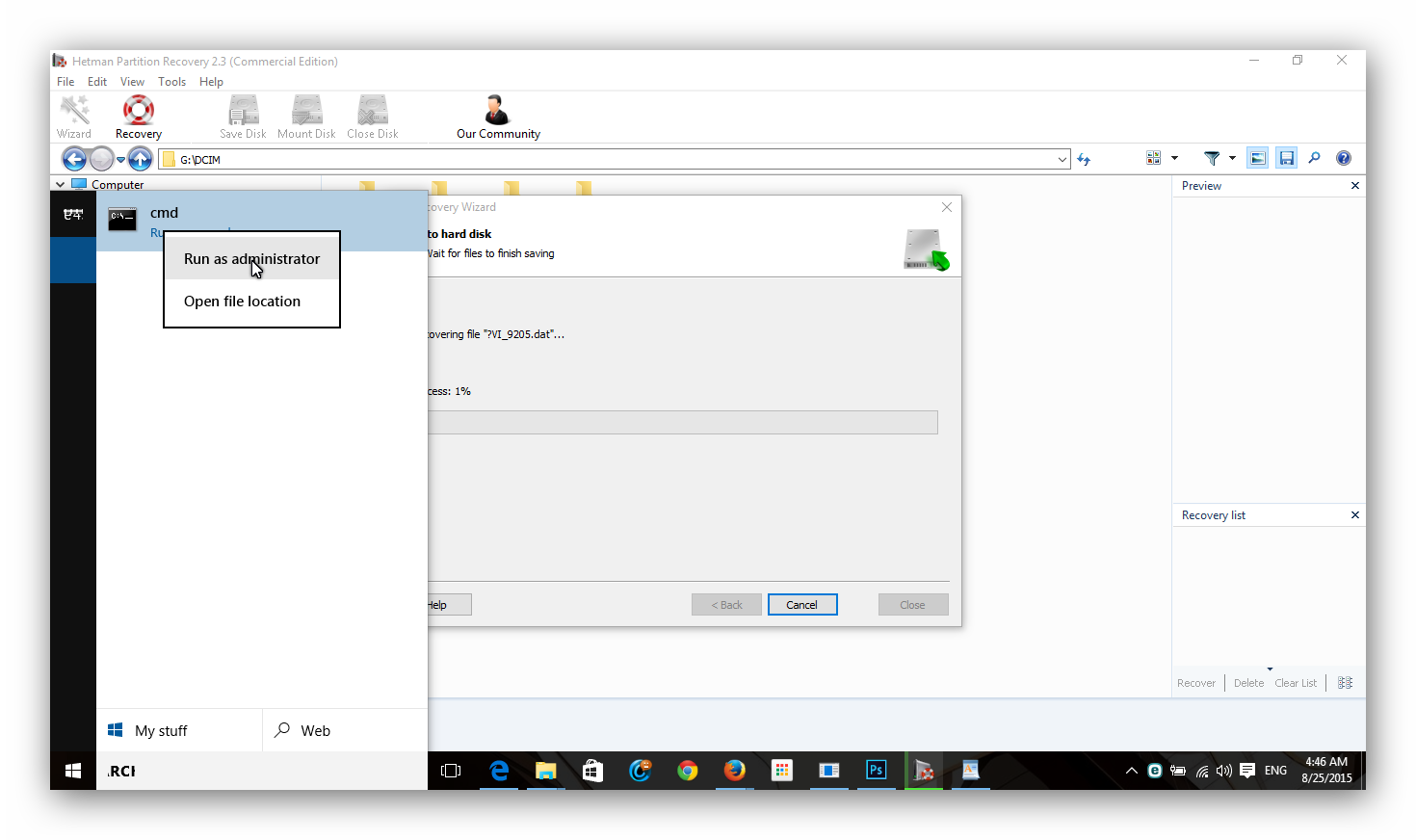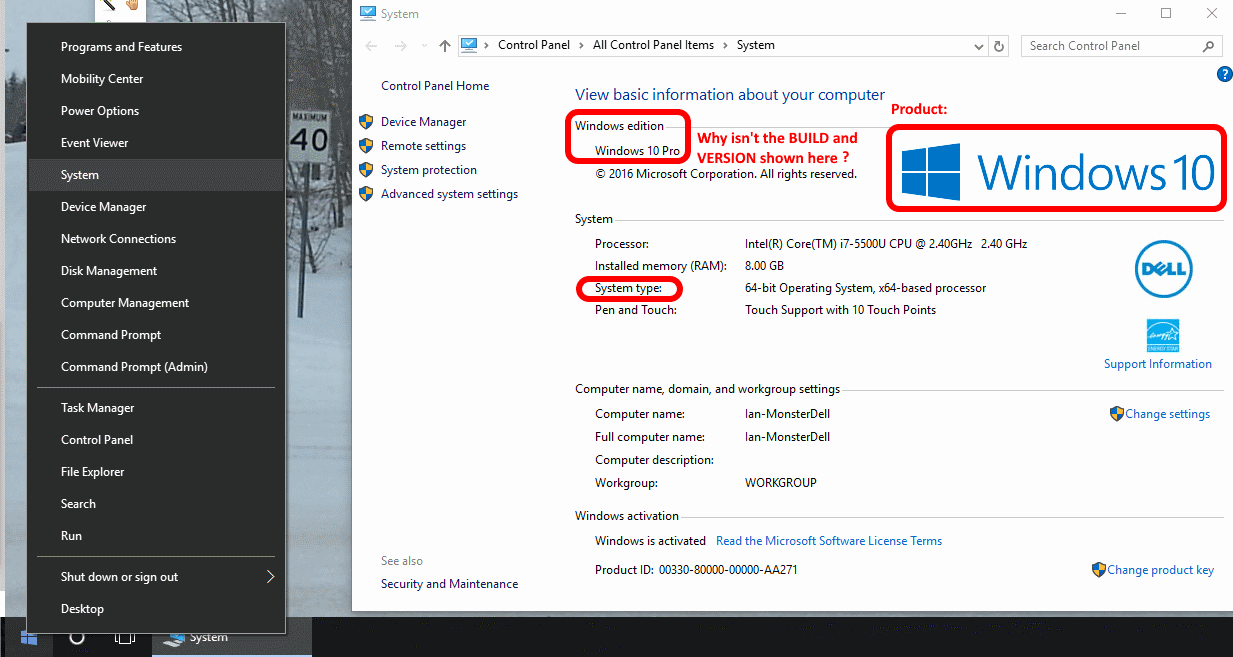



Scroll back up to see how to view the log file to locate the file in question.Ī reboot will be required, and you're done. Windows Resource Protection found corrupt files but could not fix some of them Odds are the file couldn't be replaced, and you'll need to manually.Microsoft has a page here to show you how to view details. Windows Resource Protection found corrupt files and successfully repaired them - Problems were found and fixed.Windows Resource Protection could not perform the requested operation - Run SFC from safe mode and also verify PendingDeletes, and PendingRenames folders exist under C:\WinSxSTemp.Windows Resource Protection did not find any integrity violations - You should be good to go as no issues were found.Once completed, you should see one of four possible results: System File Checker will now scan for and replace files from the Windows cache, typically located at C:\Windows\System32\dllcache.

This may take a few minutes.Īll you need to do is type in sfc /scannow and press the Enter key. Type in DISM.exe /Online /Cleanup-image /Restorehealth and press enter. You will need to first open the Command Prompt or PowerShell as administrator. Windows 7 and Vista users can skip this step. If you skip this step, System File Checker might not work. DISM will use Windows Update to provide any files that are needed to fix corruption. Windows 11, 10, 8.1, or 8 users will need to first run the Deployment Image Servicing and Management (DISM) tool before running the System File Checker. TIP: Hard to fix Windows Problems? Repair/Restore Missing Windows OS Files Damaged by Malware with a few clicks


 0 kommentar(er)
0 kommentar(er)
